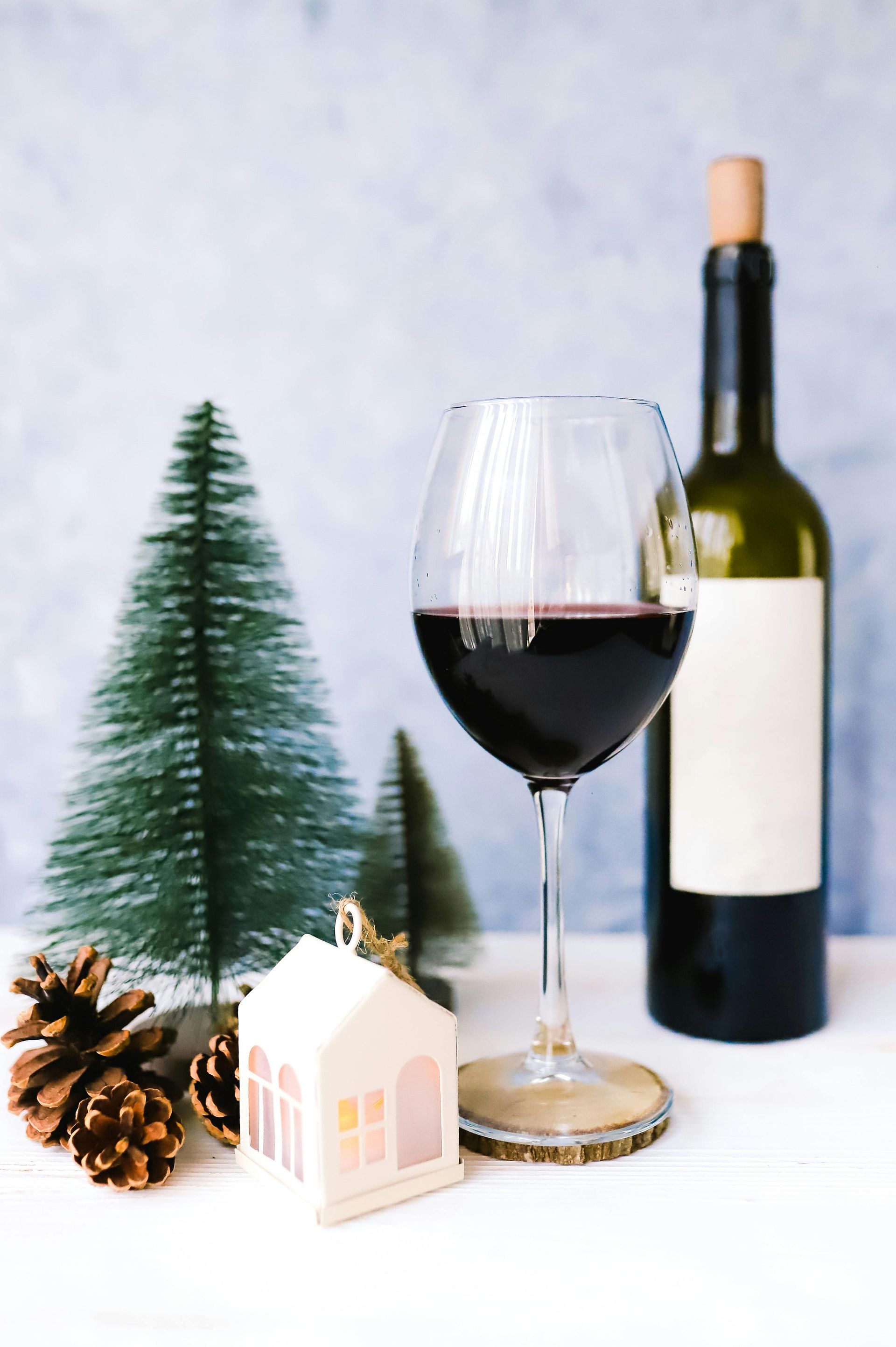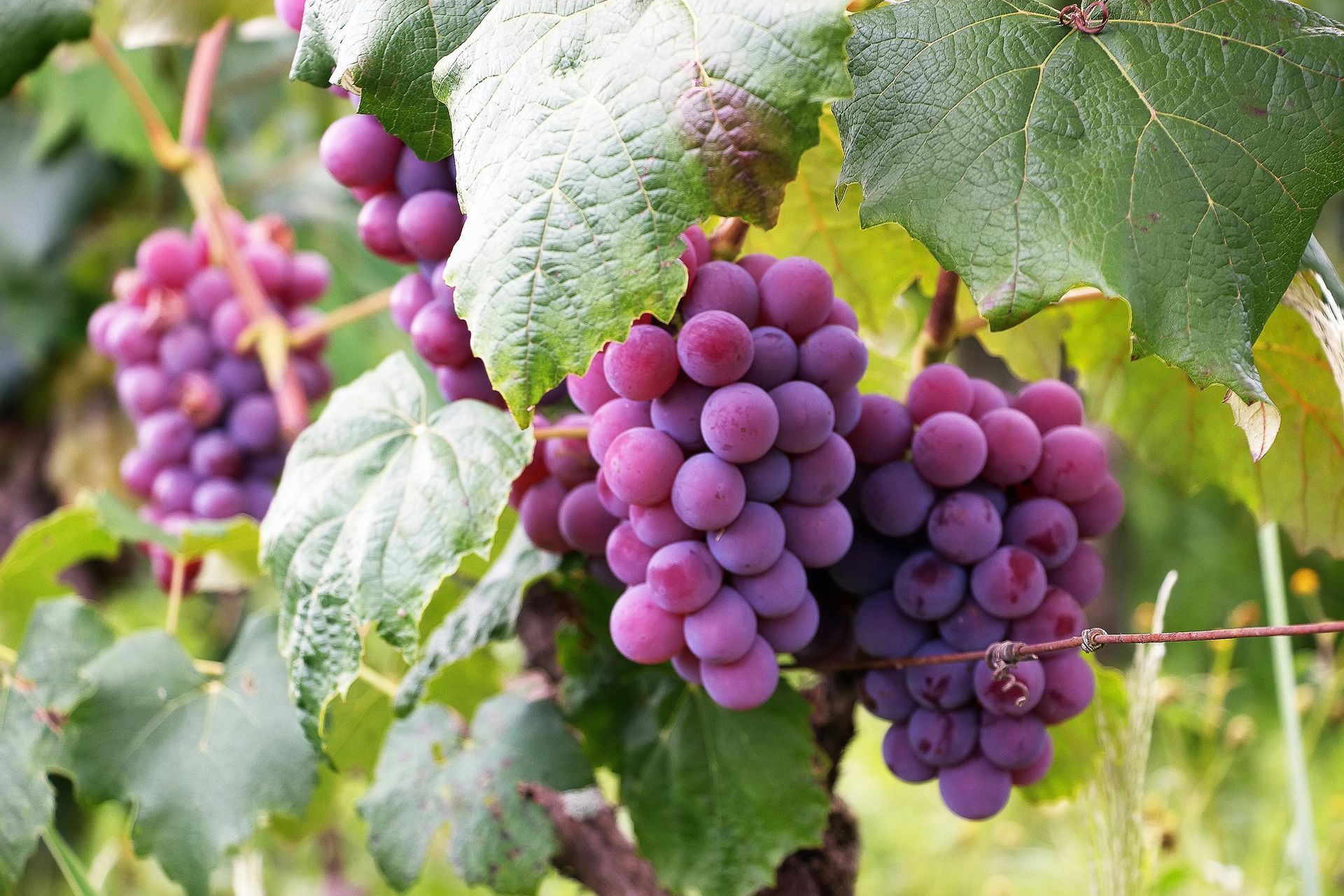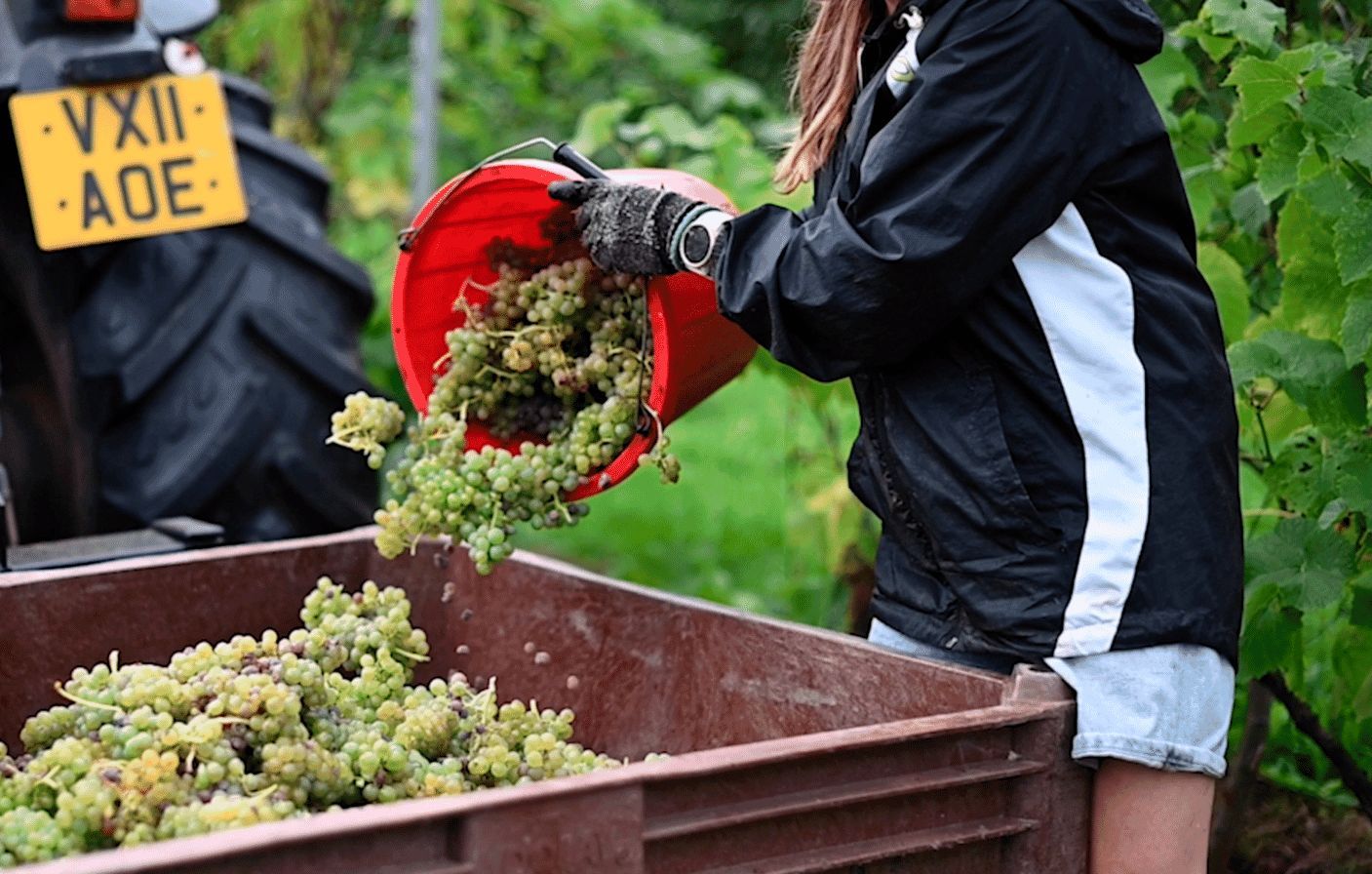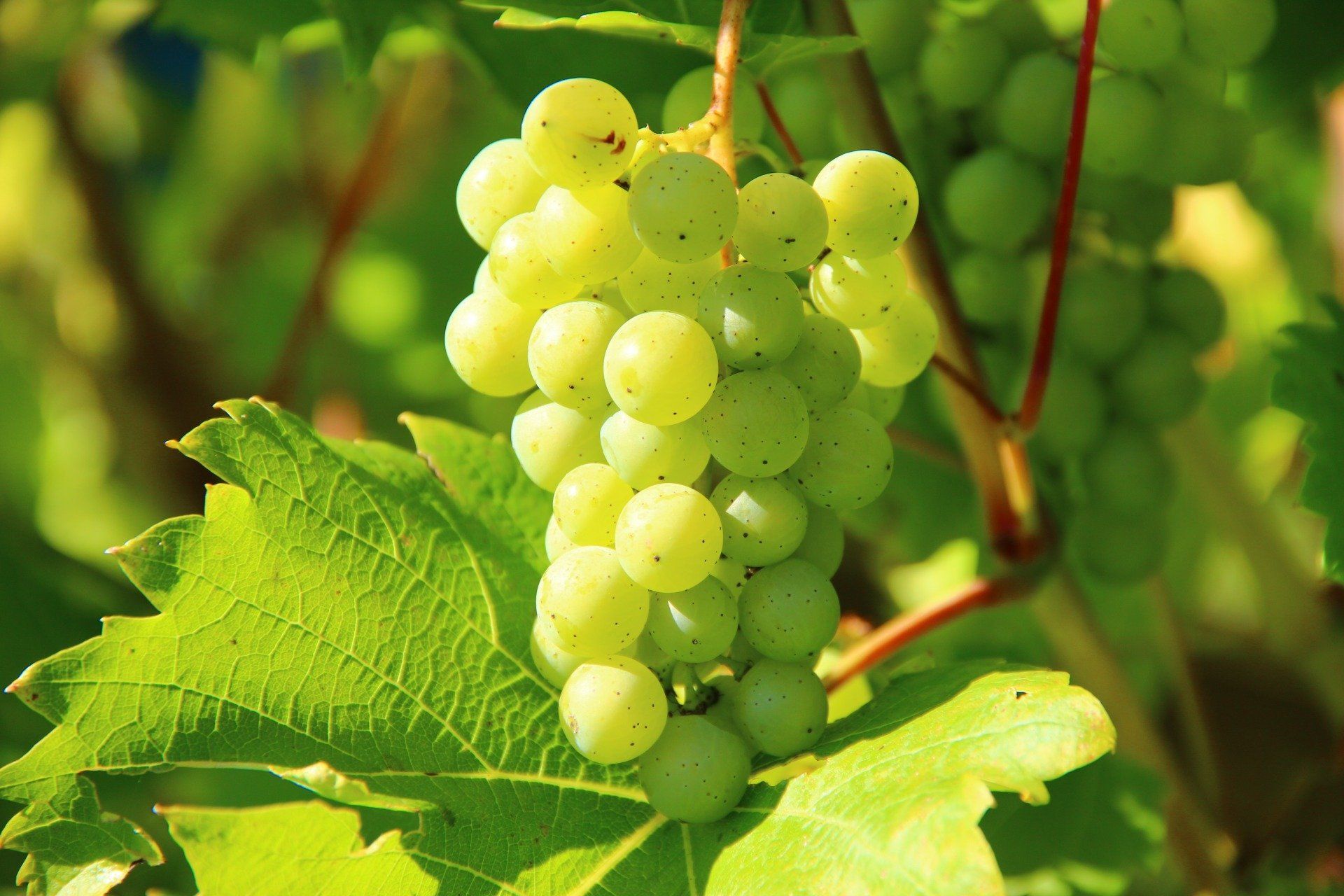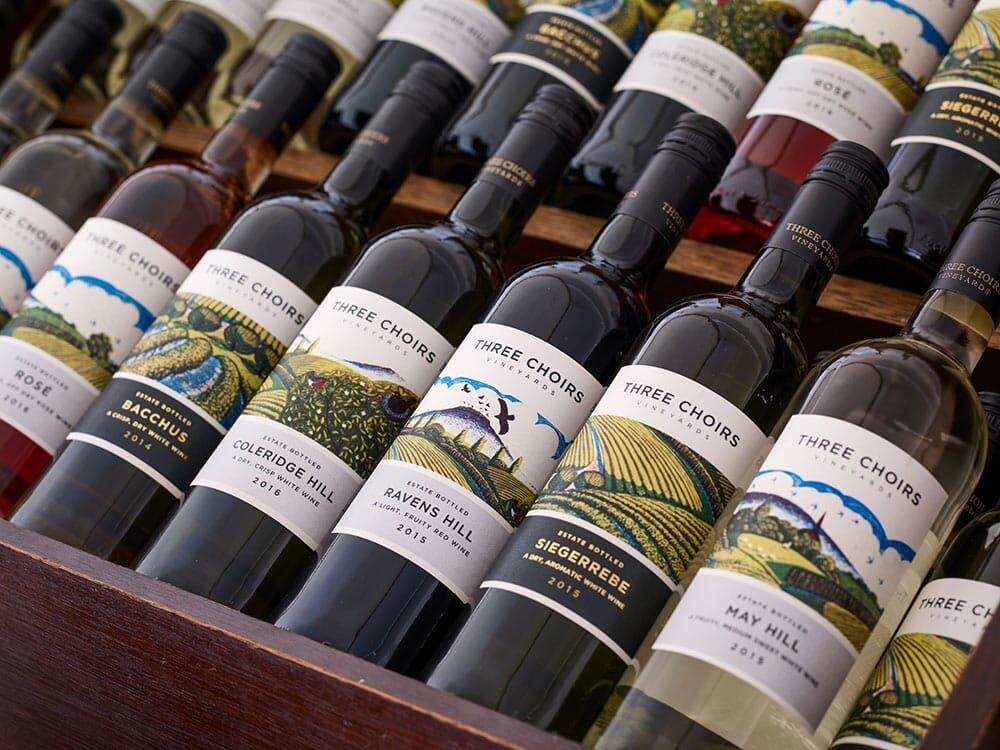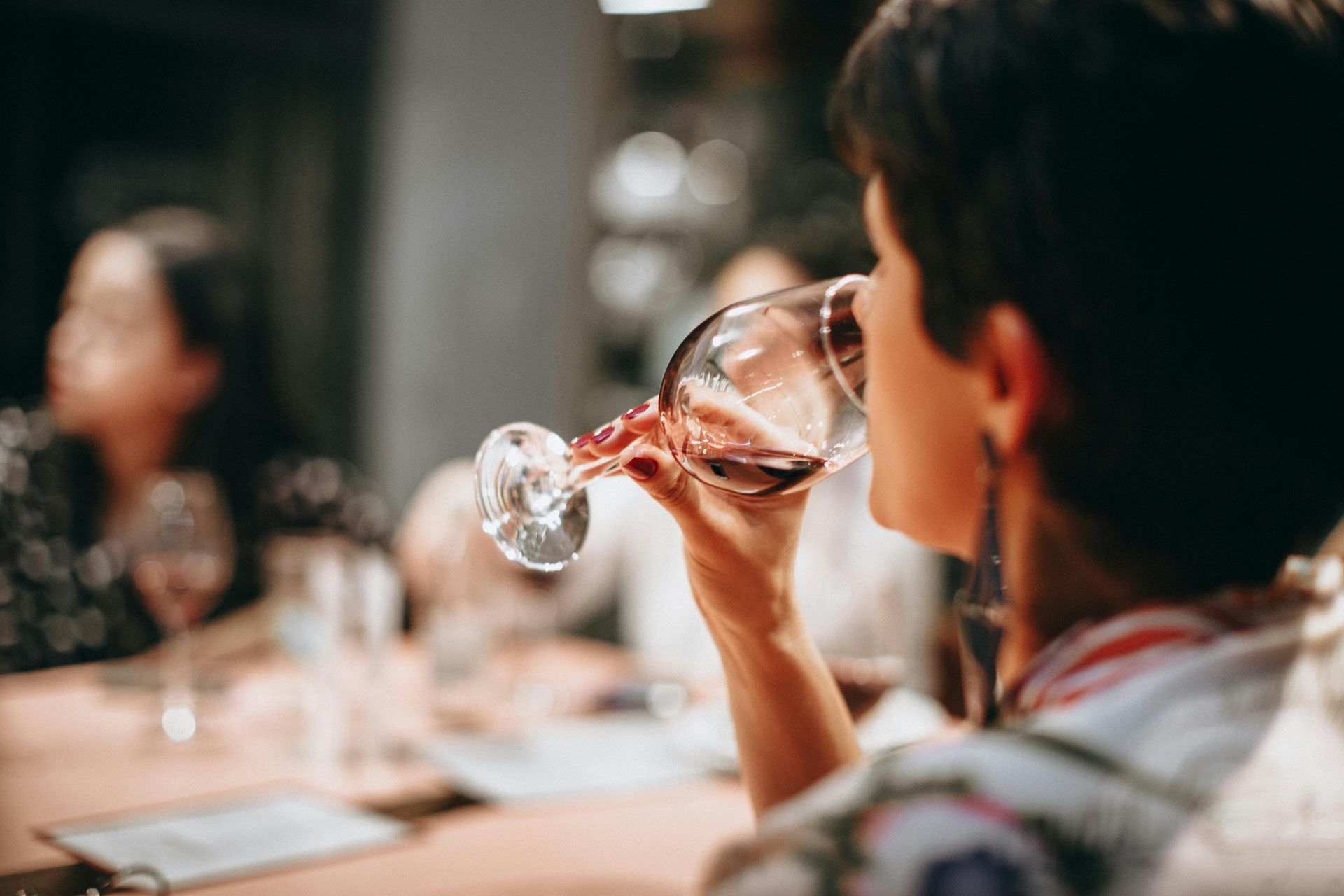Is climate change affecting vineyards?
Climate change is affecting the climate all over the world
With extremes of heat, wildfires and floods becoming increasingly normal. Where once the climate in an area was reasonably predictable, now it is becoming unpredictable, with crops failing due to the extremes of weather.
Wine may not be the first thing that comes to mind when thinking about the many effects of climate change, but inevitably it is affecting vineyards all over the world.
A study published in Proceedings of the National Academy of Sciences found that if temperatures rise by just two degrees Celsius, viable wine-growing regions around the world could shrink by more than half.
Wildfires and warmer temperatures can dramatically change the flavour of wine, whose quality and identity depends on the delicate balance of the grapes and the conditions they're grown in. Increasingly, climate change is robbing wines of their defining flavours and even entirely ruining vintages.
Weather extremes can kill even the hardiest vines, but much of the threat from climate change is down to chemical changes in the grapes themselves.
Climate and wine have always been closely linked. Changes in temperature affect the ripeness of grapes, leading to differences between sweet and acidic flavours. That is what we mean when we say wine is “a good vintage”. The ingredients may be the same as last year and the year before, but sometimes the elements combine in exactly the right way to produce the very best wine.
On the other hand, the quality of the wine can be adversely affected by too much rain or not enough, or temperatures that are too high or too low.
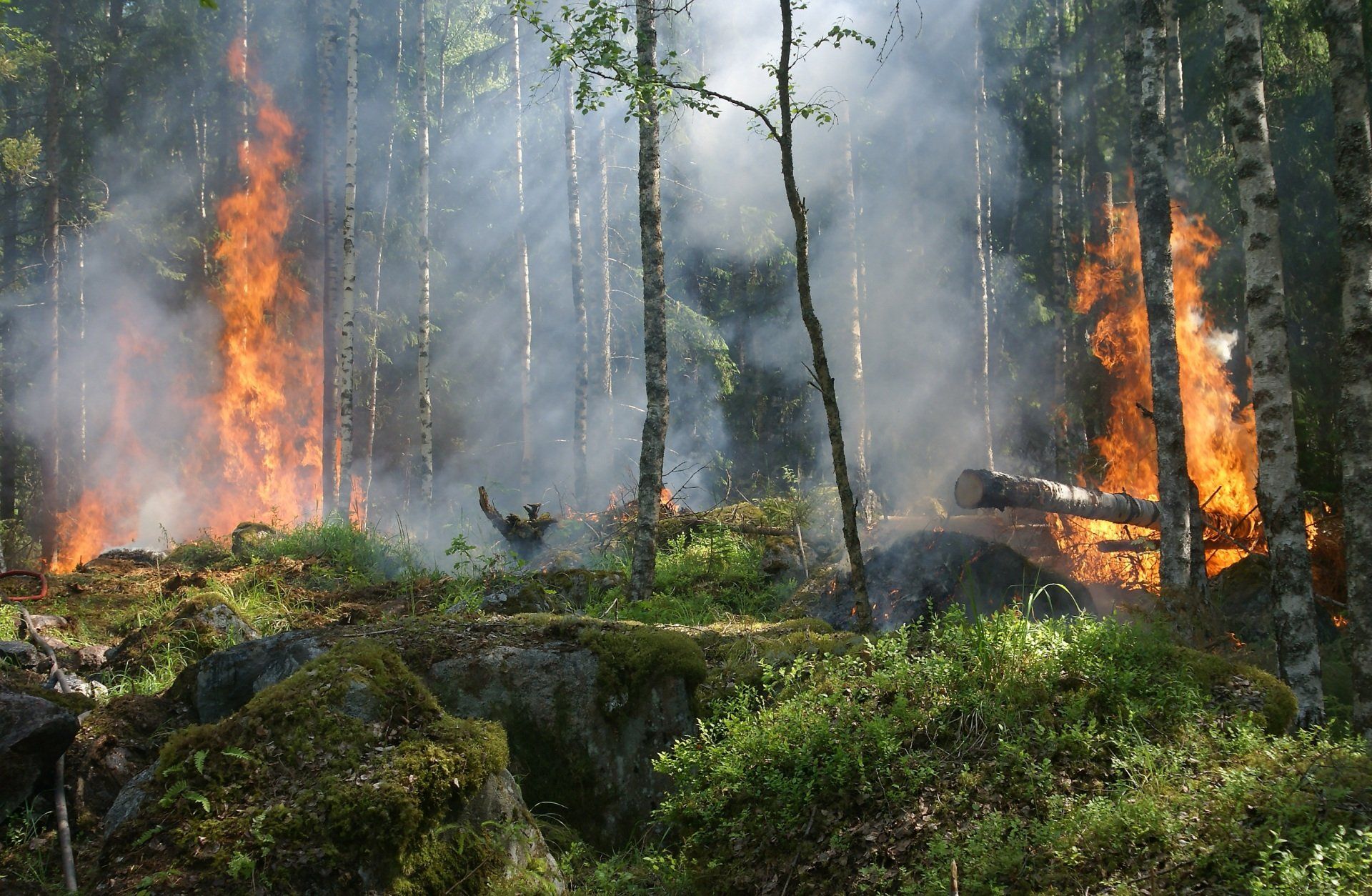
Wine quality is down to achieving the right balance between sugar, acid and secondary compounds in the grapes. When a region's climate changes, it can disrupt the delicate balance of the sugar, acid and secondary compounds by changing the rate at which they develop.
Sugar builds up in the grapes as vines photosynthesise, and acid breaks down as the grapes ripen. Secondary compounds - chemicals which aren’t essential to the plant's core metabolism - accumulate over the season. Some of these secondary compounds give the grapes their colour, while others contribute to the flavour of the wine, but they all have an important role to play.
At warmer temperatures, ripening of the grapes speeds up, leading to them becoming much sweeter than normal, which in turn leads to higher alcohol content in the wine. Most consumers aren’t looking for a higher alcohol content in their wine. In addition, a rise in alcohol is accompanied by a drop in acidity. Acidity gives the wine a fresh fruitiness, as well as ensuring it will last for years in the cellar.
It might seem that the obvious answer to combating climate change is just to harvest grapes earlier, before they turn too sweet. But those secondary compounds are still important, because they create the layered aromas key to quality wines. Harvesting earlier will means these compounds haven’t fully developed. But giving the secondary compounds time to develop means grapes become over ripe and overly sweet.
Getting the right balance is a tough decision for producers to make.
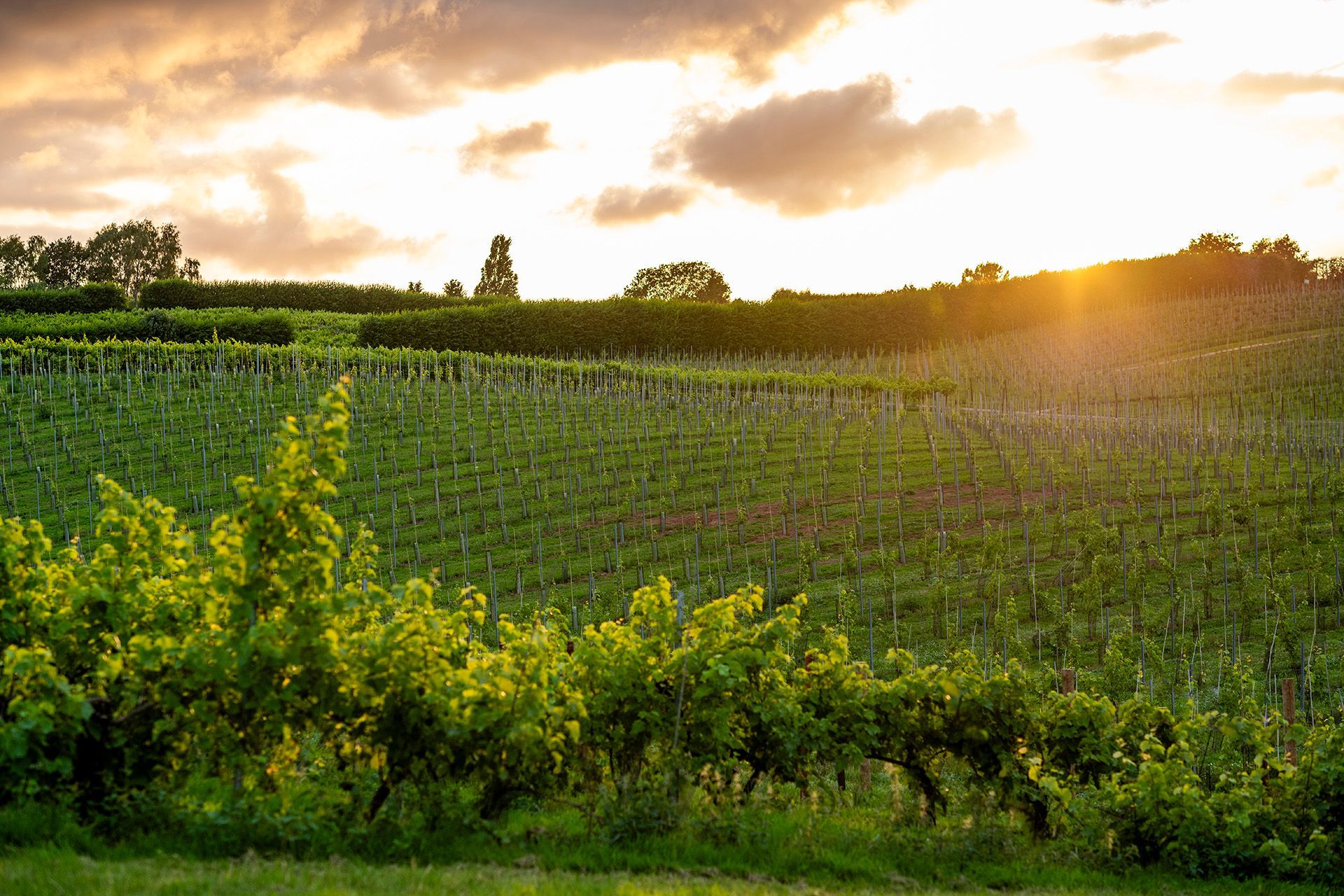
Wine around the world
In warm wine producing regions, such as Southern France, California and Australia, the gradual change in the seasons allows grapes to ripen fully, losing more natural acidity to produce sweeter, fruitier flavours.
The sudden shift in temperature from summer to autumn in the UK, as well as other colder wine producing regions, like Northern France and South Africa, produces more tart and acidic wines.
Vineyards across the world are reliant on their region’s individual and predictable climate to produce their characteristic flavours, which is why changes in temperature and rainfall have a big impact on wine production.
Grapes are incredibly sensitive crops, which are affected by the slightest changes in temperature and moisture. Vineyards need a fine balance of rainfall and warmth (between 12 and 22 degrees Celsius during the growing season) to produce quality wine.
Climate change brings hotter summers, warmer winters, unpredictable rainfall and sudden frosts – all of which change the wine a vineyard produces.
As the climate has changed, the issue for wine producers is no longer how to ripen grapes fully, but how to prevent overripening.
Wine growing regions may see a change to their flavours due:
• Warmer climates causing overly ripe grapes
• Drier conditions affecting growth
• Colder temperatures destroying vines
This has caused many growers in traditional warmer wine producing regions to change their thinking.
In France in 2022, some vineyards lost as much as half of their annual production due to wildfires and frost. And in 2021, the country saw its smallest harvest since 1957, costing the industry around £1.65 billion in sales. One vineyard in Champagne produced nothing at all because of too much rain and a heatwave, when normally it would produce up to 50,000 bottles.
And in California in 2020, wildfires in the wine growing region of Napa Valley, meant many growers were unsure whether there was even any point in harvesting their grapes. In the end, 8% of grapes in the region were left on the vines to rot.
Here in England in particular, it’s not all bad news. With the weather warmer than it was a generation ago, more English vineyards are thriving. Northern Germany and even Finland have been able to start producing wine, following in England’s footsteps as producers of fine wine. Scotland and Denmark too have been able to grow grapes in recent years, something which wouldn’t have been possible even 10 or 15 years ago.
Pinot Noir grapes are grown all over the world, mainly in cooler climates. Temperature rises and decreased rain caused by climate change will limit the production of Pinot Noir grapes in warmer countries, such as Italy.
Vineyards in England, Germany and Switzerland will have the ideal climate for Pinot Noir grapes. European growers of Pinot Noir may look to countries like Finland and Liechtenstein to produce their wine in the future, as these areas will have the ideal climate for the grape variety.
Burgundy in France, to the south east of Paris, is one the best known wine growing regions. It is a cool-warm area, and its vineyards are very vulnerable to extreme weather. One late frost or bad storm can ruin an entire harvest.
Burgundy is one of the most at-risk wine producing regions in the world, with climate change threatening Burgundy wine as it is known today. Severe heat and reduced rain will cause problems of over-ripening and water stress, while more frequent and earlier frosts and hail will cause further problems.
Wildfires around the world have been one of the more dramatic effects of climate change in recent years. The obvious result of these fires is that they destroy vines. But they can affect wine in another way too - smoke from wildfires can also ruin grapes up to 100 miles away, making the wine taste different, at best, and in some cases, making it undrinkable.
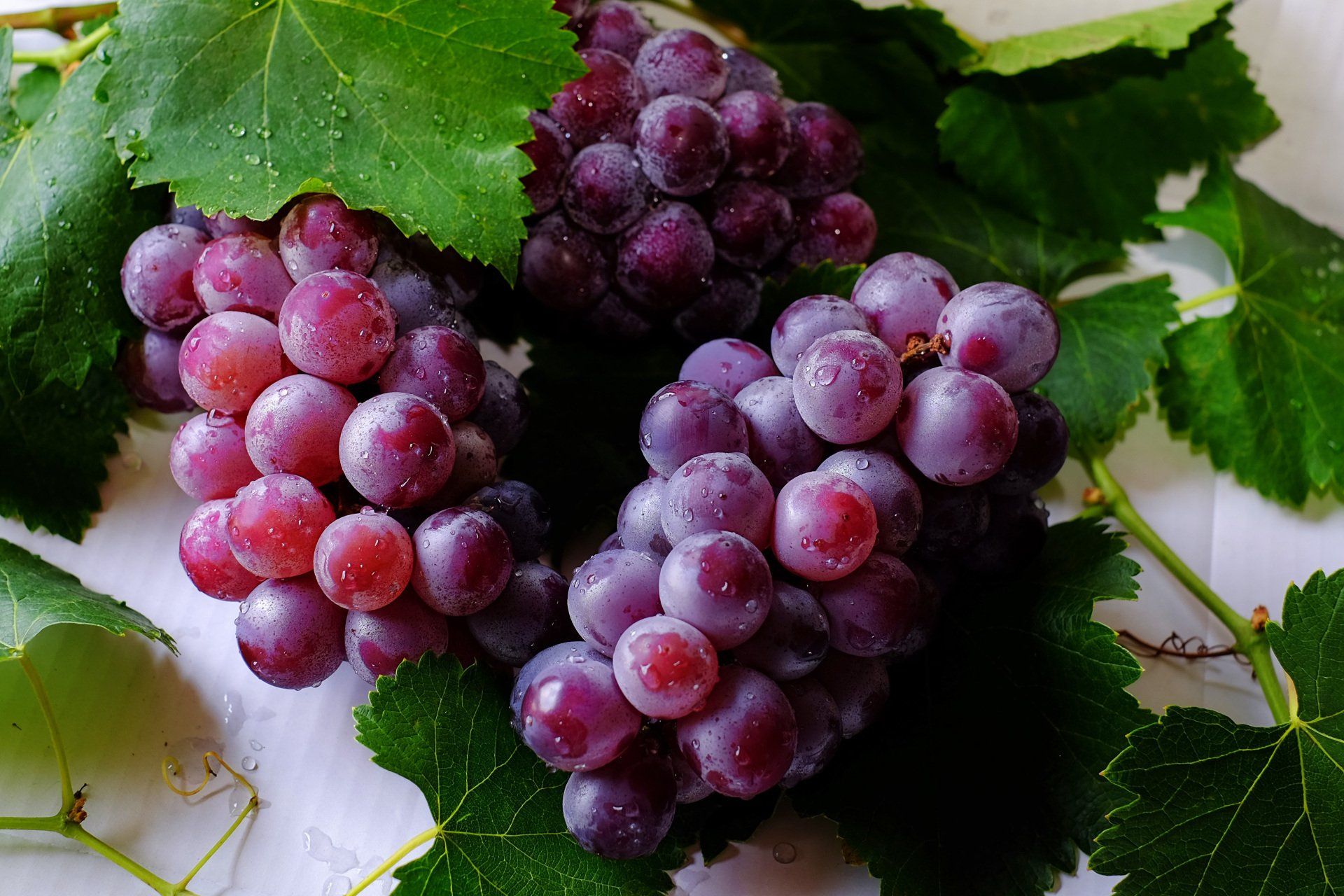
Seeking a solution
In pursuit of the best sites, and to counter the effects of climate change, wine producers are having to further move north in the Northern Hemisphere, and further south in the Southern.
In new plantings in the warmer regions, growers do as much as they can to protect grapes from the afternoon sun, when the heat and light are at their most intense. As well as moving further north, some producers are now growing vines at higher altitudes – once considered to be impossible for producing grapes.
At higher altitudes, peak temperatures may not be much cooler than at lower altitudes, but periods of intense heat are shorter and night time temperatures are colder. The bigger difference in temperature over the course of a day helps grapes to ripen more gradually than at lower altitudes, where temperatures are more stable.
In addition, some winemakers are looking for vineyards that face north, in contrast to always orientating vineyards to face south in the past, to minimise the hottest afternoon sun reaching the vines.
But for family estates and well-established vineyards, such changes aren’t usually possible. In these situations, growers may be forced to consider changing the essence of what they have grown and produced historically - sometimes for centuries. They may need to stop growing grapes which have long been associated with their region, in favour of alternatives which are more appropriate for the changing climate.
In Bordeaux, where producers may only use certain grapes permitted by the appellation authorities, seven new grape varieties – four red and three white - have been selected for experiments to find out whether they can be used to offset the effects of climate change.
England looks set to be one of the countries that benefits most from climate change when it comes to wine production. Warmer, drier summers have already opened new doors for the winemaking industry in southern England.
Thirty years ago, nobody had ever heard of English sparkling wine, although we planted our first vines here at Three Choirs Vineyard 50 years ago. As the climate has warmed, a world-class sparkling wine industry has started in England, with new vineyards being planted all the time, particularly along the southern coast.
More from our blog...
